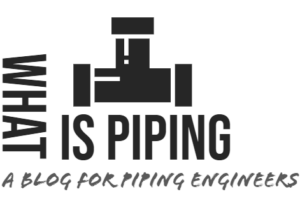The slurry is defined as a mixture of suspended solid particles and liquids. Various factors like the size and distribution of particles, level of turbulence, temperature, the concentration of solids...
Anup Kumar Dey
Small-bore piping is defined as pipes that are 2 inches or less in size. In the piping industry, pipes are categorized into two groups; small-bore pipes and large-bore pipes. Any pipe having a size...
Pipe routing is an engineering technique applied for selecting a proper piping layout fulfilling code and standard requirements, economic considerations, and most importantly safety. It is the...
What is Stress Corrosion Cracking (SCC)? Mechanism and Prevention of SCC
Stress Corrosion Cracking or SCC is a slow failure mechanism of engineering materials in a corrosive environment. Many ductile metals and alloys fail each year due to stress corrosion cracking which...
What is Hydrogen Induced Cracking (HIC)? | Hydrogen Induced Cracking Mechanism
Hydrogen Induced Cracking (HIC) is a form of wet H2S cracking that is usually generated by high hydrogen concentration in metals. The mechanism involves atomic hydrogen which diffuses into a metal...
Thermal relief valves are also known as thermal safety valves, temperature relief valves, or thermal expansion relief valves. It is a safety device employed in liquid piping and pipeline systems to...
